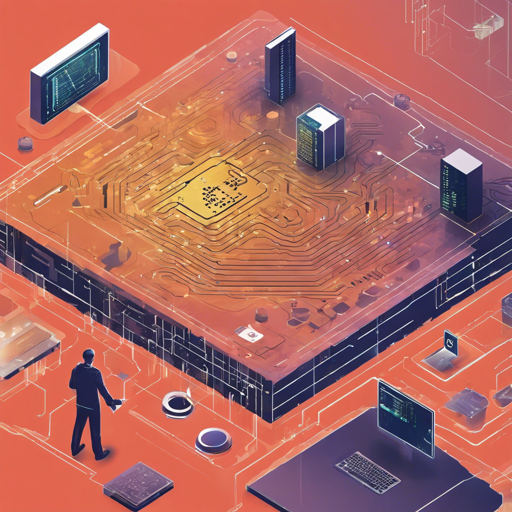The DERO Project is a groundbreaking initiative in the world of blockchain technology, offering a decentralized Directed Acyclic Graph (DAG)-based solution with top-notch privacy and security. In this article, we’ll explore how to get started, utilize its features, and troubleshoot common issues.
Table of Contents
- About DERO Project
- DERO Crypto
- DERO Ports
- Technical Overview
- DERO Innovations
- DERO Mining
- DERO Installation
- Next Step After DERO Installation
- DERO Explorer
- Proving DERO Transactions
About DERO Project
DERO is not just another blockchain; it’s a revolutionary solution combining a Proof of Work mechanism with a DAG block structure. Its aim? To deliver anonymity, privacy, and security in transactions. With features like BulletProofs and a robust consensus algorithm, DERO stands out as a leader in the blockchain space.
DERO Crypto
With a strong focus on secure and rapid transaction processing, DERO employs advanced cryptographic techniques like Ring Signatures and BulletProofs. These methods ensure that transactions remain private and secure.
DERO Ports
DERO operates on different ports for its mainnet and testnet:
- Mainnet:
- P2P Default Port: 20202
- RPC Default Port: 20206
- Wallet RPC Default Port: 20209
- Testnet:
- P2P Default Port: 30303
- RPC Default Port: 30306
- Wallet RPC Default Port: 30309
Technical Overview
The technical infrastructure of DERO is built to ensure both reliability and security. For example, its DAG implementation eliminates orphan blocks, a common issue in traditional blockchains.
Consensus Features:
1. Zero orphan blocks
2. Lowest transaction confirmations
3. Efficient filtering of transactions
DERO Innovations
As a trendsetter, DERO incorporates many innovations, notably:
DERO Mining
Mining DERO can be done using various algorithms, ensuring that all miners compete fairly, regardless of their hardware capabilities.
DERO Installation
Installing DERO is straightforward, whether you choose to do it from the source or using binaries.
Installation from Source
1. Install Golang (version 1.12.12 required).
2. In the Go workspace, run: go get -u github.com/deroproject/derosuite...
3. Check the Go workspace bin folder for binaries.
Installation from Binary
Download the binaries for your respective operating system from the DERO binaries page.
Next Steps After DERO Installation
Running DERO Daemon
Once the installation is complete, run the DERO daemon. It is recommended to use a dedicated machine with an SSD for optimal performance.
Running DERO Wallets
After setting up the daemon, you can choose from several wallet options, including the command line or GUI wallets.
DERO Explorer
The DERO Explorer is a tool for checking transactions on the DERO network, which can also be run on your local machine for increased privacy.
Proving DERO Transactions
To prove a transaction, you’ll need the transaction’s private key and the receiver’s address. This can be checked using the DERO Explorer.
Troubleshooting Tips
- If you encounter issues when connecting your wallet to the daemon, ensure that the daemon is running correctly and verify your firewall settings.
- For installation errors, double-check the compatibility of your operating system with the binaries you’ve downloaded.
- Stuck on syncing? Sometimes, simply restarting your computer can resolve this.
For more insights, updates, or to collaborate on AI development projects, stay connected with fxis.ai.
At fxis.ai, we believe that such advancements are crucial for the future of AI, as they enable more comprehensive and effective solutions. Our team is continually exploring new methodologies to push the envelope in artificial intelligence, ensuring that our clients benefit from the latest technological innovations.

